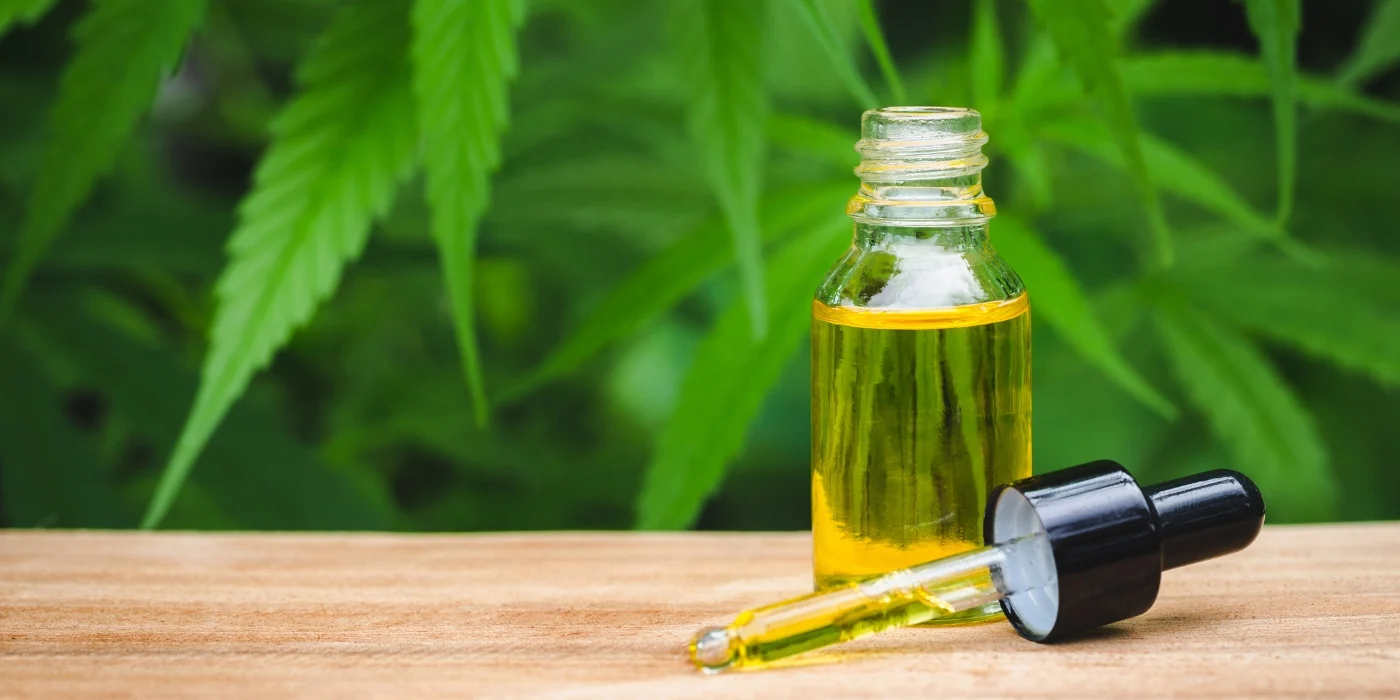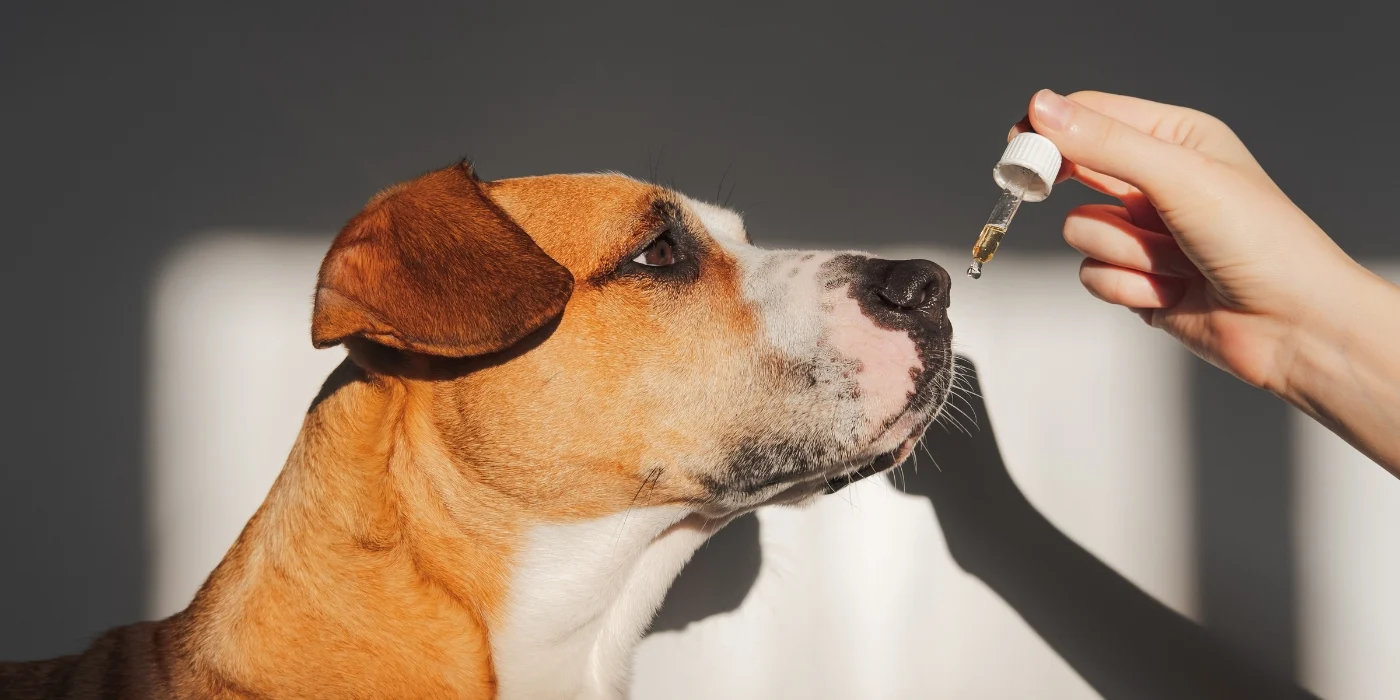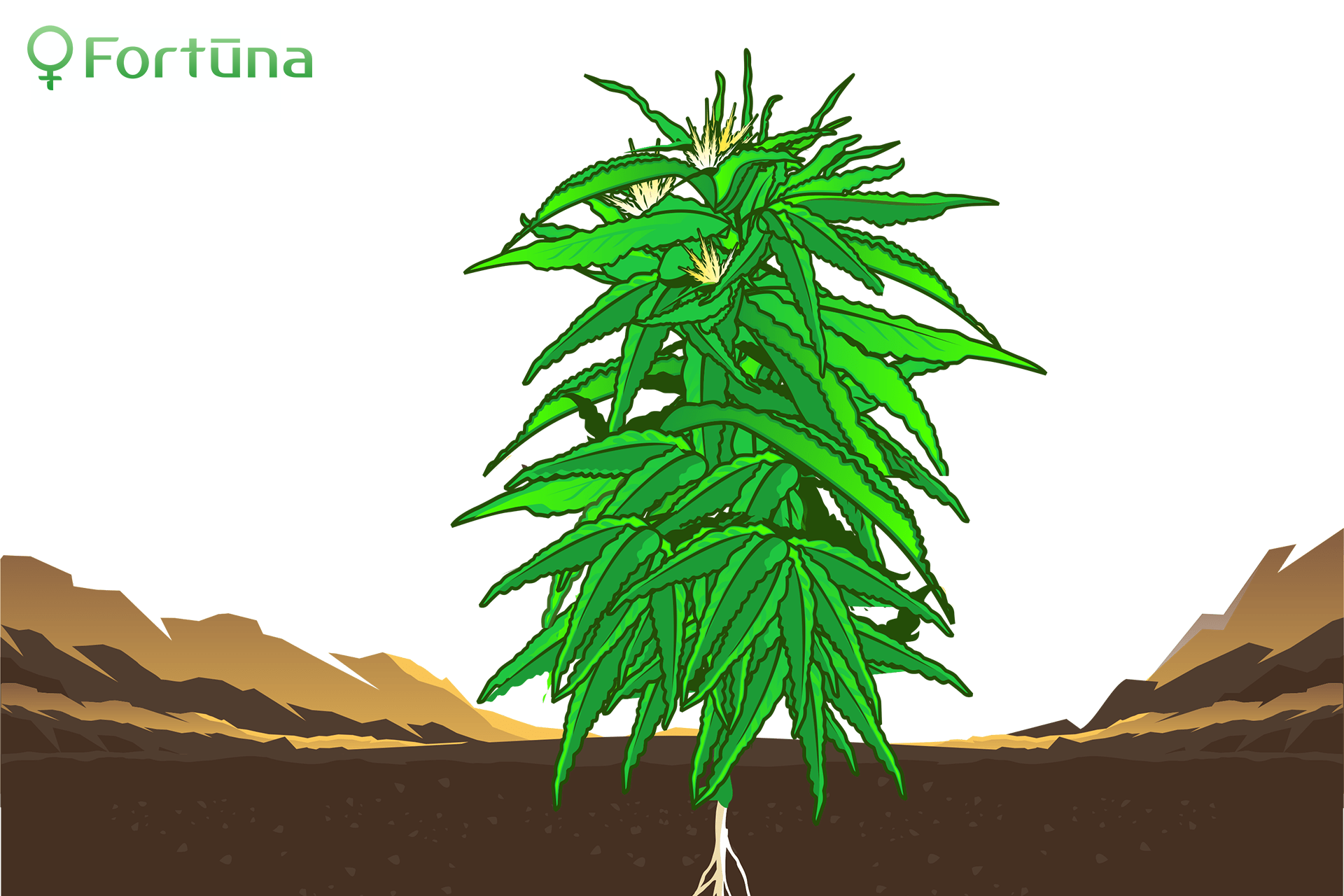
- Feminized Seeds
-
by gu
Understanding the hemp growing cycle is an essential first step to successful hemp farming. Farmers that know the different stages of hemp growth can plan and schedule the cultivation process much more natural, thus improving yield and reducing headaches associated with growing hemp.
Hemp Growth Stages
Today, we’ll lead you step-by-step through the hemp growing cycle so you can plan your nutrient regimen, your harvest procedure, and all other aspects of your hemp farming practice accordingly.
Understanding the Stages of the Hemp Growing Cycle
There are many stages to the hemp growing cycle. Understand each will help you plan your hemp growing season accordingly and improve your chances of hemp farming fortune. When planning your hemp crop, consider the following stages.
Seed Planting
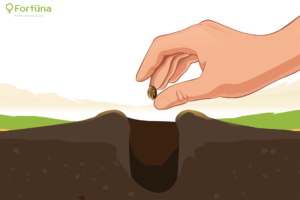
The very first step in the hemp growing cycle is the seed planting stage. To be successful, your feminized hemp seeds must be healthy and viable, and the growing medium must be carefully formulated to provide the nutrients and structure necessary for these small seeds to sprout. Visible signs of a healthy hemp seed include plump seeds that can withstand minor pressure, and a dark brown, sometimes tiger-striped appearance.
Planting hemp seeds requires soil with a pH level between 6 and 7.5. Those who plant directly outdoors should test the soil before planting and amend as necessary. Soil temperature should also be at least 50 degrees Fahrenheit and receive at least 8 hours of direct light each day — hemp water seedlings once a week or as needed to keep the topsoil moist but not saturated.
Germination

Seeds are often germinated in peat plugs wrapped in a biodegradable net. This process allows the plugs to slide in and out of clone trays easily. It also helps keep the root mass intact while being transported and planted in the field. Greenhouses and shaded hoops are optimal for growing plants from seed and cuttings. The lower intensity lighting allows the female hemp plants to slowly adapt to the environment as they move closer to being planted outdoors in full sun.
Seed Sprout
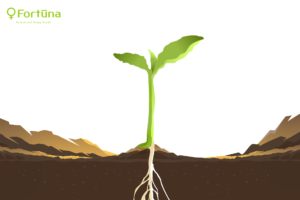
Hemp seed germination usually takes between 5-10 days under optimal conditions. This is known as the seed sprout stage. During this time, hemp seeds wake from dormancy to produce a tap root followed by two round cotyledon leaves through which the plant begins collecting UV rays. Within two weeks, the seedling should produce its first two fan leaves as it enters into the official seedling stage. An exciting step in the hemp growing cycle.
Seedling Stage
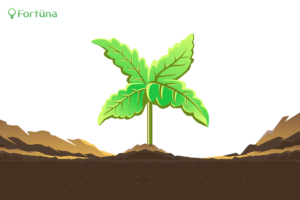
The seedling stage lasts two to three weeks, characterized by the development of larger and larger fan leaves. The plant is considered a seedling until it begins producing five to seven blades per fan leaf. Plants are very vulnerable to stress during this stage, which includes insufficient irrigation, harsh UV lights, and extreme weather conditions. As such, we suggest starting seedlings in a carefully controlled environment such as a greenhouse or grow room. Alternatively, some may choose to outsource this process by purchasing Hemp Seed Starts instead of traditional hemp seeds.
Vegetative Growth
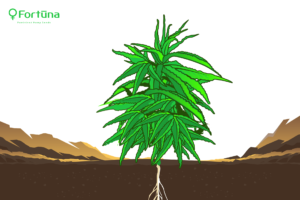
The vegetative growth stage of the hemp growing cycle is the time during which most of the plant gains its mass. During “veg,” hemp plants will grow and stretch as it readies itself for its impending flowering phase. The vegetative stage of the hemp growing cycle is the best time to train and prune plants. Pruning and training help hemp plants grow full and bushy while omitting the need to exert energy on less fruitful growth. As a result, only the most active nodes will produce hemp flowers, thus creating those dense nugs we’ve all come to admire.
The vegetative hemp growth cycle lasts three to 16 weeks. During this time, hemp requires high levels of nitrogen, moderate levels of potassium, and low levels of phosphorus. Though you can measure your own nutrients, many fertilizer companies have pre-measured concoctions that work well, too.
Those who wish to preserve a genetic line may choose to take clones or cuttings from hemp plants at this time. Do not take clones from flowering plants as they cannot revert to veg. Cloned flowering plants will still produce flowers but will not increase in size; taking a clone from a flowering hemp plant is futile.
Flowering Stage
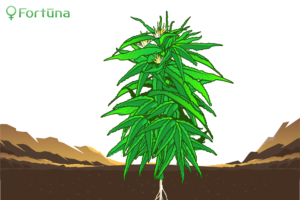
The flowering stage of the hemp growing cycle is the time during which those beautiful buds form and fill in. As a photoperiodic plant, hemp plants begin flowering when the light cycle changes from 16+ hours of light to 12 hours of light and 12 hours of complete darkness. This happens naturally outdoors between September and October as the season changes, and the planet moves farther from the sun, and the light spectrum changes from cold blue light to warm yellow light.
In an indoor environment, however, growers must manipulate the photoperiod manually by placing the plants under the proper 12/12 light cycle. Note that light penetration during all dark hours can cause stress to plants, which may result in seed development and, thus, lower cannabinoid levels.
Also, note that the flowering state is when hemp plants begin to show their gender. Male plants, characterized by pollen sacks, tend to show their gender earlier than females. Always remove males promptly lest they pollinate female plants. Pollinated female plants spend their energy-producing the next generation of seeds and, therefore, do not have the capacity to produce the potent buds that CBD hemp farmers seek. Those who are unsure of their hemp plants’ gender can take cuttings of each plant and place the cuttings into a 12/12 light cycle to determine the gender of their parent plant. However, this process is timely and requires careful documentation to track which clones come from which plants. Those cultivating abundant crops will have better luck (and a more substantial profit) by buying feminized hemp seeds instead of regular (male or female) seeds.
During flower, hemp plants require substantially less nitrogen while other nutrient levels remain the same. Consult your local hemp farming expert for details regarding proper hemp crop nutrients.
Harvest
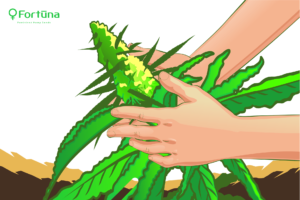
One of the biggest challenges hemp farmers face is the harvesting and processing of hemp flower. To be clear, CBD hemp harvests are very different than industrial (fiber/seed) hemp harvests. Whereas harvesting industrial hemp uses modified farming equipment to harvest, most farmers harvest CBD hemp by hand. Farmers hand-harvest CBD hemp to protect valuable hemp flowers and to prevent cross-contamination.
Additionally, farmers must cure hemp flowers in special drying chambers to increase potency and improve product quality. Failure to properly cure CBD hemp flower could result in the development of mildew and an ultimately unsellable product.
Final Thoughts on the Hemp Growing Cycle
Hemp cultivation is very rewarding — if you do it right. Avoid pitfalls and delays in hemp cultivation and processing by understanding the nuances of each stage in the hemp growth cycle. To learn more, contact our team of hemp cultivation experts. We’d love to help guide you through this exciting process.
